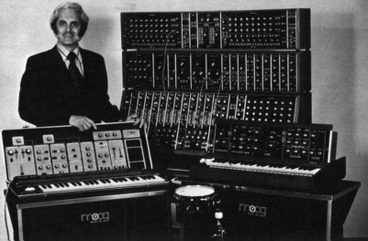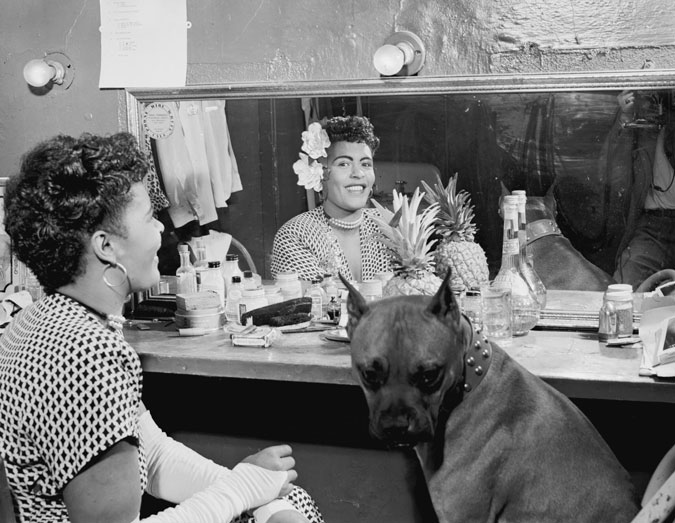By Maggie Belnap
Short stories populate many childhoods, with the aim to instill morals and virtues in undeveloped and wandering minds. Whether it’s the tale of Rumpelstiltskin or the Boy Who Cried Wolf, these tales make a powerful impression. Take our short stories quiz, based off of Oscar Wilde’s The Complete Short Stories and The Oxford Book of American Short Stories, 2nd ed, edited by Joyce Carol Oates, and see if you really know your short stories.
Your Score:
Your Ranking:
Maggie Belnap is a Social Media Intern at Oxford University Press. She attends Amherst College.
The Complete Short Stories by Oscar Wilde is edited by John Sloan. He is Fellow and Tutor in English, Harris Manchester College, Oxford. The Oxford Book of American Short Stories, 2nd ed, is edited by Joyce Carol Oates. Oates is the National Book Award-winning author of over fifty novels, including bestsellers We Were the Mulvaneys, Blonde, and The Gravedigger’s Daughter. She is the Roger S. Berlind Distinguished Professor of the Humanities at Princeton University.
Oscar Wilde is the author of “The Happy Prince,” “The Fisherman and His Soul,” “The Nightengale and the Rose,” “The Star Child,” and “The Young King.” Washington Irving is the author of “Rip Van Winkle.” James Baldwin is the author of “Sonny’s Blues.”
Subscribe to the OUPblog via email or RSS.
Subscribe to only literature articles on the OUPblog via email or RSS.
The post How well do you know short stories? appeared first on OUPblog.

By Maggie Belnap
The invention of the synthesizer in the mid-20th century inspired composers and redesigned electronic music. The synthesizer sped up the creation process by combining hundreds of different sounds, and composers were inspired to delve deeper into the possibilities of electronic music.
1. Electronic music was first attempted in the United States and Canada in the 1890s. Its creation process was difficult. To create just a few minutes of music, with perhaps a hundred different sounds, could take weeks to finalize.
2. The first true synthesizer was released to the public in 1956. It was made up of an array of electronic tone generators and processing devices that controlled the nature of the sounds.
3. That synthesizer played itself in traveling patterns that could be repeated or not. It was controlled by a system of brush sensors that responded to patterns of pre-punched holes on a rotating paper roll.
4. The most well-known and celebrated electronic pieces in the 1950s are Eimert’s Fünf Stücke, Stockhausen’s Gesang der Jünglinge, Krenek’s Spiritus Intelligentiae Sanctus, Berio’s Mutazioni, and Maderna’s Notturno.
5. The first electronic concert was given in the Museum of Modern Art, NY on 28 October 1953 by Ussachevsky and Luening.
6. Two Americans, Robert Moog and Donald Buchla, created separate companies to manufacture synthesizers in the 1960s. Robert Moog’s synthesizer was released in 1965 and is considered a major milestone for electronic music.
7. They were followed by others and soon synthesizers that were voltage-controlled and portable were available for studio and on stage performances.
8. In the 1980s, commercial synthesizers were produced on a regular basis. Yamaha released the first all-digital synthesizer in 1983.
Maggie Belnap is a Social Media intern at Oxford University Press. She attends Amherst College.
Oxford Reference is the home of reference publishing at Oxford. With over 16,000 photographs, maps, tables, diagrams and a quick and speedy search, Oxford Reference saves you time while enhancing and complementing your work.
Subscribe to OUPblog via email or RSS.
Subscribe to only music articles on OUPblog via email or RSS.
The post Eight facts about the synthesizer and electronic music appeared first on OUPblog.

Women musicians are constantly pushing societal boundaries around the world, while hitting all the right notes. In honor of Women’s History Month, Oxford University Press is testing your knowledge about women musicians. Take the quiz and see if you’re a shower singer or an international composer!
Your Score:
Your Ranking:
Maggie Belnap is an intern in the Social Media Department at Oxford University Press. She is a student at Amherst College.
Oxford Reference is the home of reference publishing at Oxford. With over 16,000 photographs, maps, tables, diagrams and a quick and speedy search, Oxford Reference saves you time while enhancing and complementing your work.
Subscribe to OUPblog via email or RSS.
Subscribe to only music articles on the OUPblog via email or RSS.
The post Women of 20th century music appeared first on OUPblog.






